Email Marketing Best Practices: Branded Email Signatures and Banners
The email signature is the most important element of email marketing. See how Terminus can help standardize your company email signature across all employees – request a demo today or check out 36 different customer examples.
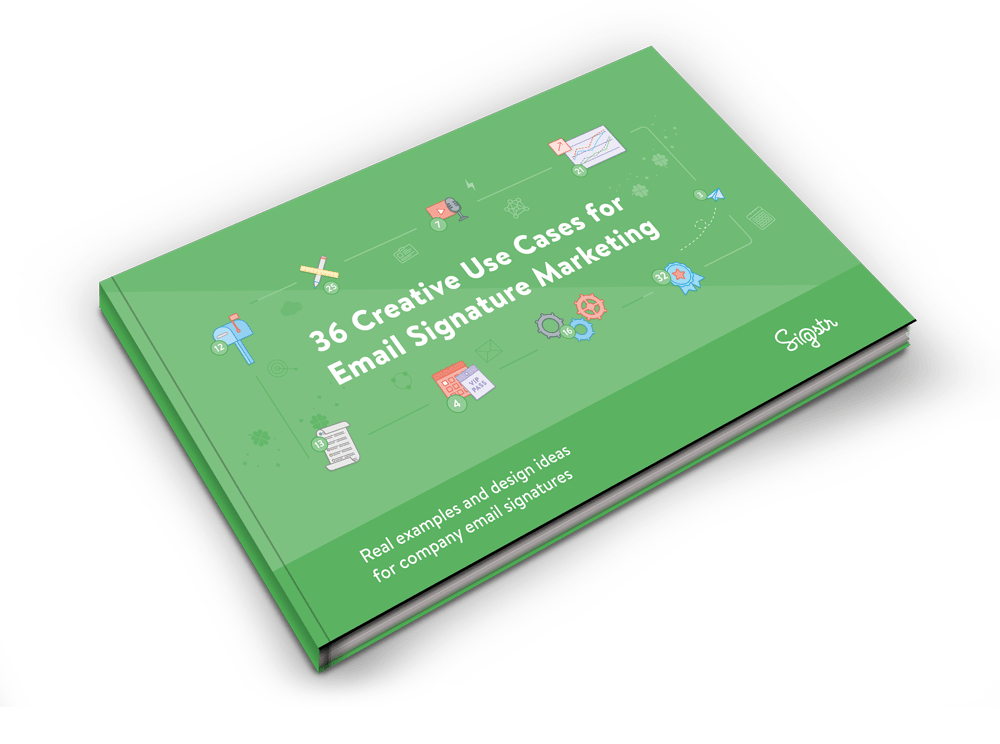
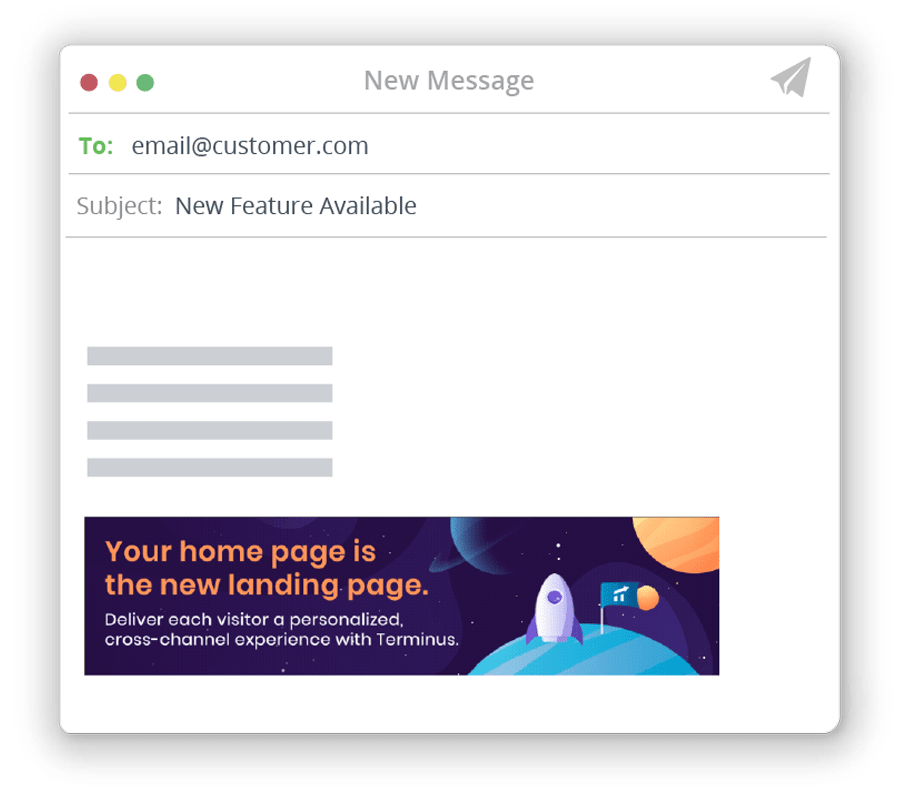
The Leading Email Signature Solution (and Much More!)
Our 1,000+ customers use Terminus to easily add and manage email signatures across their entire company. Not only that, Terminus also provides teams all of the channels and data they need to get in front of their most important prospects and customers.
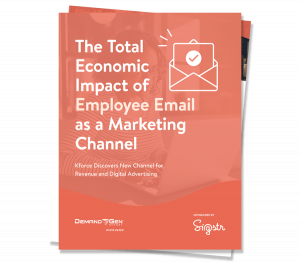
[Ebook] The Total Marketing Impact of Email Signature Banners
Read it here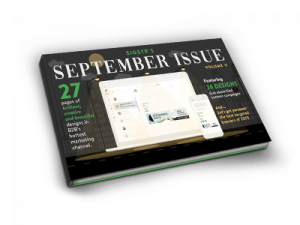
[Ebook] September Issue Vol II (Email Banner Designs & Inspiration)
Take the tour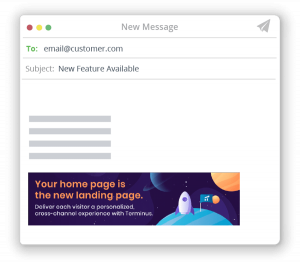
[Blog] 6 Examples of Using Employee Email as a New Account Based Marketing Channel
See more examplesEmail Marketing Best Practices
Here at Terminus, we focus on all things email! This includes email signatures, using employee email as a new marketing channel, and even general guidelines for email strategy. That is why we are diving into the email marketing best practices. Defining what the best practices are for email marketing ranges for every situation, company, and type of email. Whether you are looking for best practices for email blasts, consumer email marketing best practices, email cadence best practices, or email best practices for employees, we will cover it all!
There are several resources online that can give you tips for email best practices 2019, as well as multiple examples of the best email designs. Every year there are hundreds of new practices revealed, but that doesn’t make the upcoming year’s practices better than previous. For example, the list of email marketing best practices 2018 is different than the list of email marketing best practices 2019, but both have a variety of ideas that could be exactly what you are looking for! So far in 2019, there are several resources that include best practices for all types of emails. This list includes:
- Email design best practices 2019
- Email newsletter best practices 2019
- B2B email marketing best practices 2019
- Internal email best practices 2019
- Email content best practices 2019.
These are just a few of the many lists you may find online. All of these resources are filled with ideas and examples you can utilize in your next email campaign. Additionally, lists from 2018 are still available online and offer even more styles for you. Some of the most popular resources from 2018 include email best practices 2018, HTML email best practices 2018, email design best practices 2018, and email newsletter best practices 2018.
Whatever you are looking for in your email, there are resources out there for you. Want guidance on B2B emails? A resource like “B2B email best practices 2019” can help! Want marketing design ideas? An ebook like “Email marketing design best practices 2019” can answer some of your questions. Want advice for all things email marketing? A general “Email marketing best practices 2019” benchmark report can guide you in the right direction. There are practices for all things email and all things marketing. We dive deeper into some of these available resources in the section below.
Mailchimp
If you are interested in email marketing, Mailchimp is a platform you need to know about! Mailchimp is a marketing platform for everything. This includes email, advertisements, landing pages, and more. Mailchimp is not only used for creating email marketing designs, but also for the entire marketing process. Users are given the ability to watch their marketing campaign from start to finish. For example, from sending out an email to your customers to determining what you can fix or recreate for future customer campaigns. Interested in trying it out? Follow these few steps for the Mailchimp login. In the top right corner of Mailchimp’s homepage, you are able to create a free account or sign in to a previously created account. Creating an account with Mailchimp is free, but to gain more features you will need to purchase a plan. Mailchimp pricing is as followed:
- Free – $0
- Includes the basics for getting a business started
- Essentials -$9.99/month
- Includes features that are must-have for email senders
- Standard -$14.99/month
- Includes insights on how to gain more customers and build your business
- Premium-$299.99/month
- Includes features to improve customization
Each plan unlocks more features to help your team do more with email marketing. The standard plan is recommended by Mailchimp, as it includes custom templates, insights on audiences, advertising banners, retargeting banners, and a series of automation options. On top of all of these previewed features, Mailchimp email marketing is well known in the digital marketing world. Mailchimp offers several resources for marketing, ranging from Mailchimp design best practices to Mailchimp email design best practices. If you want email marketing best practices, Mailchimp is a great source for content, how-to guides, and benchmark reports. If you are interested in finding these resources, check out the “Resources” tab on Mailchimp’s website. From there, you’ll see several options available to help you with what you need. And if you need general Marketing best practices or advice, Mailchimp has a tab labeled “Marketing Tips” that can help! If you want email marketing best practices, Mailchimp is the place to be! Sigstr is a big fan of Mailchimp’s brand, content, and the community they have built to make all of us better email marketers.
Email Marketing Templates
Sometimes designing your own email may be challenging, as you don’t know where to start or how to organize your thoughts. That’s where email marketing templates come in! Templates provide you with guidelines or ideas for your marketing emails. Think of them as a starting point or “guard rails” for your email creation process. Email marketing templates are a great way to visualize what your email will look like (before officially sending it). However, they’re not the only resource that can help with this. There are various email marketing examples online that can also help!
There are examples online for all types of emails, whether it is direct email marketing or mass email marketing. If you’re wondering what the difference is between these two styles of emailing, let us clarify! Direct email marketing is intended for a specific group of email recipients, while mass email marketing is an email that is sent to a much larger, more general, group of recipients.
You can customize your emails as much as you want, but it first starts with the purpose of that particular email. If you want to thank a group of people who stopped by your booth at an event or conference, direct email marketing is a perfect use case for this. But, if you are wanting to send an email to announce your newest product to all of your subscribers, this can be considered mass email marketing. Both styles of emailing make sense for different situations and strategies. So before you send that first email to your most important prospects and customers, take some time to strategize the purpose of the email and what it is intended to accomplish for your sales or marketing team.
Email Marketing Strategy
An email marketing strategy is easy! How? To do email marketing effectively, teams need to FIRST be creative and thoughtful. But it’s not rocket science! So don’t be intimidated by the process. Email marketing can be easily customized for every company, but we want to provide a few steps to help you get started.
First, you will need to create an email marketing strategy. An email marketing strategy is created for every email (or series of emails) a marketer plans to send out. This process can help determine the end goal the marketer wants to accomplish with their email(s). Whether that goal is receiving a demo request, driving event registrations, or generating a new lead, an effective email marketing strategy can help with all of these.
Next, you should establish your target audience for your email campaign. Your audience can include a specific list of leads from events you’ve held, certain email subscribers you want to focus on, all of your customers, prospective buyers from a certain location, or literally anything else you can think of! After picking a target audience or recipient list for your email campaign, it’s important to think about the frequency. B2B email frequency can be different from B2C email frequency, as the target market is made up of different personas. Studies for email marketing frequency 2018 and email marketing frequency 2019 has B2B email marketing frequency normally around two or three emails a month. That being said, we also recommend testing one email per week. If you are creating an email drip campaign, which is a series of emails sent over a specific time period, the frequency is a little different. Depending on your timeline, email drip campaign frequency can range from just a few days all the way to weeks or months.
All marketing campaigns have different strategies, frequencies, and purposes that can fit your needs. Additionally, there are several online resources that offer advice for email frequency. Some resources focus directly on email marketing frequency best practices, such as a report or benchmark study sharing email frequency best practices 2018 or email frequency best practices 2019. After you determine your frequency, then you are free to design your content! In the end, your company controls what you want to do for email marketing, we just hope these email marketing tips can help you get started.
HubSpot Email Marketing
HubSpot email marketing is another way to scale your email marketing strategy. HubSpot is a well known platform that many teams use for email marketing. Not only can you design your own templates within HubSpot, but the platform also allows you to manage every part of your general marketing strategy. After you design your marketing email, you can either enter it into a campaign or workflow. From there, you are able to manage who receives this email. Often times, it’s as easy as one click.
After the email has officially been sent, HubSpot offers robust analytics and reporting that allows users to analyze their email performance. Additionally, A/B tests are available to test what content resonates most with your readers, while other analytics show click-rates, open rates, amount of time spent within your email. Results are not the only thing HubSpot offers, as their well known marketing blog also provides insight into email marketing best practices. HubSpot has it all!
HubSpot’s insight into email marketing provides both examples and templates for you to use on your own. This includes HubSpot email examples, examples from other platforms, and general best practices for emails sent out of Gmail or Outlook. They offer a small range of free templates, examples, and analytics, but in order to design, publish, and analyze your email campaigns in depth, you will need to request a demo and register for an account. Whether your email marketing strategy is focused on marketing, sales, service, or CRM, HubSpot can help with all areas.



